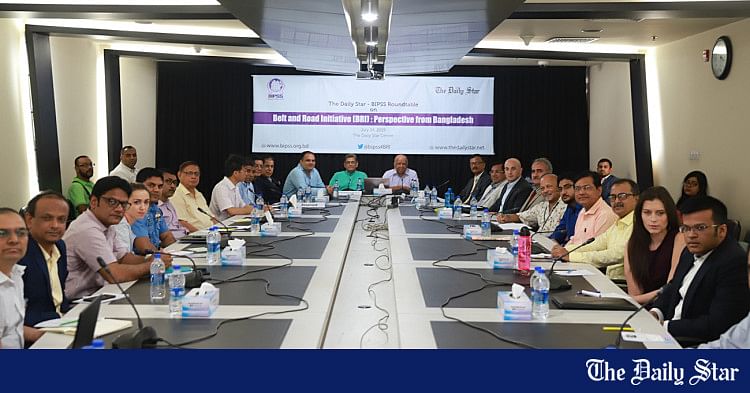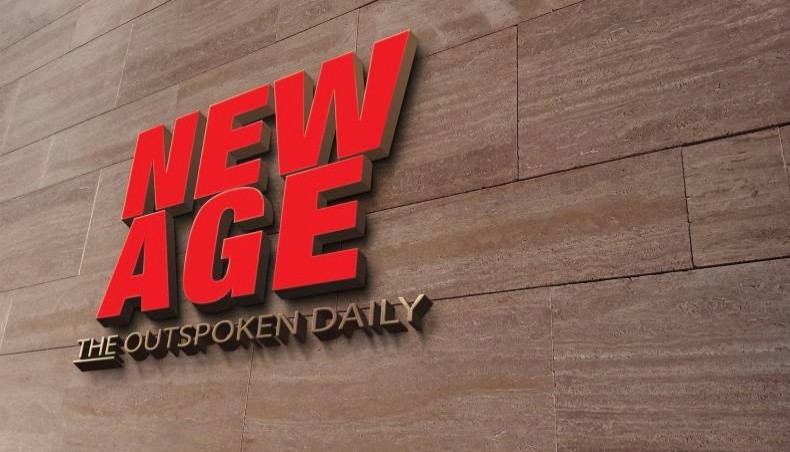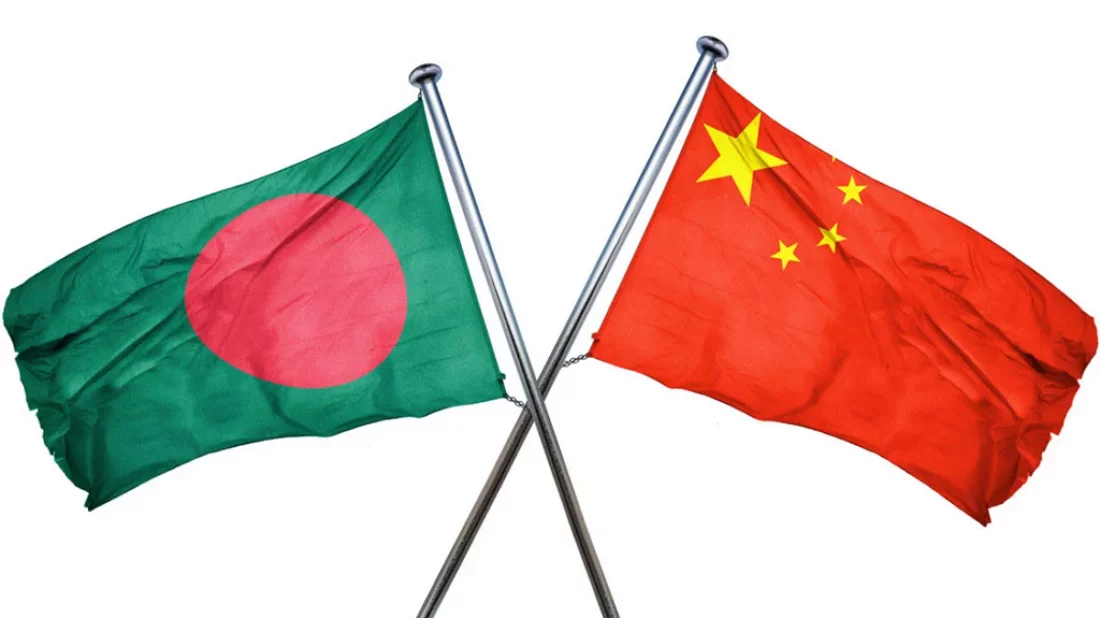Saif
Senior Member
- Jan 24, 2024
- 12,434
- 6,904
- Origin

- Residence

- Axis Group

BRI to help Bangladesh's real GDP growth by 2.1pc: report
FE DESK REPORT
Published :
Sep 22, 2023 12:59Published :
Updated :
Sep 22, 2023 13:01A recent report estimated that the Belt and Road Initiative (BRI) will help Bangladesh's real gross domestic product (GDP) growth by at least 2.1 per cent, generate an additional 2.5 per cent to 5.1 per cent of employment, and decrease extreme poverty by 1.3 per cent.
The report, titled ‘The Belt and Road in Bangladesh Achievements and Way Forward,’ was published in Dhaka on Thursday by the Chinese embassy in Bangladesh.
The report said that the BRI activities in Bangladesh primarily encompass three areas: infrastructure development, energy and power collaboration, and social and cultural exchange.
Taking the examples of the Padma Bridge Rail Link Project, the Bangabandhu Sheikh Mujibur Rahman Tunnel, and the Expansion and Strengthening of Power System Network, the report said estimations based on different modeling approaches indicate substantial positive effects on GDP, trade, employment generation and poverty reduction, reports Xinhua.
According to the report, depending on the specific scenarios considered, the BRI projects are projected to create an additional 1.8 million to 3.6 million employment opportunities.
Meanwhile, the report said that the BRI offers an additional opportunity for Chinese investment and financing in infrastructure and connectivity projects, which can stimulate Bangladesh's supply response and external competitiveness.
It demonstrated BRI's "transformative power in driving economic growth and uplifting communities from poverty," said the report.
Also, the report called on both countries to collaborate to improve the ease of doing business, identify and eliminate investment barriers, and establish a favorable legal framework to protect the rights and interests of investors and consumers.
- A. Mannan, Bangladeshi Planning Minister, stated in the report's message that Bangladesh, as a member of the BRI global cooperation alliance of China, has already started benefiting from the BRI, including China's financial investment and contractual construction obligations.
"The investment made by BRI will continue to contribute to development initiatives of Bangladesh competitive in the future and will help to achieve vision 2041," said Mannan.
"As we have seen for the past few years, the BRI has changed the landscape of Bangladesh," stated the message by Bangladesh's commerce minister Tipu Munshi, adding that the investment in the power sector enabled Bangladesh to realize 100 percent electrification.
The investment in the digital sector has also brought the dream of Digital and Smart Bangladesh one step closer, and the investment in roads and railways has transformed the trade landscape in Bangladesh and ensured faster connectivity throughout the country and the South Asian region as well, said the commerce minister.
Yao Wen, Chinese Ambassador to Bangladesh, stated in the report's message, "I am convinced that under the framework of BRI, more and more Chinese enterprises and people will devote themselves to the goal of Smart Bangladesh, proposing Chinese solutions and making even more contributions to the realisation of 'Vision 2041'."
"As we have seen for the past few years, the BRI has changed the landscape of Bangladesh," stated the message by Bangladesh's commerce minister Tipu Munshi, adding that the investment in the power sector enabled Bangladesh to realize 100 percent electrification.
The investment in the digital sector has also brought the dream of Digital and Smart Bangladesh one step closer, and the investment in roads and railways has transformed the trade landscape in Bangladesh and ensured faster connectivity throughout the country and the South Asian region as well, said the commerce minister.
Yao Wen, Chinese Ambassador to Bangladesh, stated in the report's message, "I am convinced that under the framework of BRI, more and more Chinese enterprises and people will devote themselves to the goal of Smart Bangladesh, proposing Chinese solutions and making even more contributions to the realisation of 'Vision 2041'."














